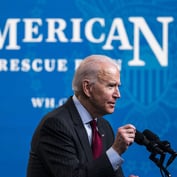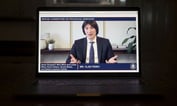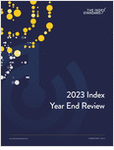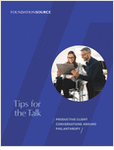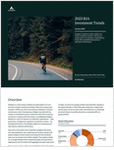Yields on 10- and 30-year U.S. Treasuries fell to record lows, defying forecasters who for years have said they would rise, amid signs that Britain’s vote to leave the European Union will curb global economic growth and prevent the Federal Reserve from raising interest rates this year.
Just days before America’s 240th birthday, the U.S. 30-year bond yield dropped as much as 10 basis points to an unprecedented 2.1873%, while benchmark 10-year yields touched 1.3784%. They joined a rally in bonds around the globe as some of the world’s biggest investors, including BlackRock Inc., Guggenheim Partners and Vanguard Group Inc., said the Brexit vote means subdued growth and lower yields for years to come.
The decline in yields on Treasuries, the world’s largest bond market at $13.4 trillion, will affect everything from U.S. mortgages and corporate bonds to borrowing costs for cities and governments around the globe. The rally extends a bull market for U.S. debt that began in the early 1980s, after 10-year and 30-year yields peaked above 15%. It comes as central banks abroad are experimenting with negative interest rates to spur their economies, pushing yields on almost $12 trillion of government bonds from Germany to Japan to Switzerland below zero and boosting the relative allure of Treasuries.
“The reason is simple: if you’re facing negative interest rates on over 30% of government debt, you’re going to go look for where you can get positive rates,” Mohamed El-Erian, the chief economic adviser at Allianz SE and a Bloomberg View columnist, said in an interview with Bloomberg Television. U.S. 10-year yields “can go to 1.25% quite easily if we continue to see this combination of more central bank activism and a slowdown in Europe.”
Falling Yields
Benchmark Treasury 10-year note yields dropped three basis points, or 0.03 percentage point, to 1.44% at 10:16 a.m. New York time. They earlier fell below the all-time low of 1.379% reached on July 25, 2012, according to Bloomberg Bond Trader data that begin in 1962. The 1.625% security due in May 2026 rose to 101 26/32.
Consensus forecasts for higher Treasury yields have been universally wrong since the U.S. recession ended in June 2009. Contrary to expectations, economic growth remains below its 30-year average and some inflation metrics haven’t accelerated to the Fed’s target even after unprecedented monetary stimulus. Instead, yields have dropped amid worldwide demand for haven assets including sovereign debt.
Treasuries returned 5.3% in the first half of this year in the best two quarters since 2011.
Flight to U.S.
Treasuries “are still relatively high yielding in comparison to the rest of the world, meaning they have more room to rally,” said Seamus Mac Gorain, London-based global fixed-income portfolio manager at JPMorgan Asset Management, which oversees about $1.7 trillion. He said 10-year yields may fall to 1.25% in the coming months.
So far, few signs point to a reversal in Treasury yields. Since the Brexit vote, analysts have rushed to alter their expectations for when, or if, the Fed will raise rates. Futures traders have virtually erased bets on a Fed rate increase in 2016 and boosted the chance that the Fed will cut instead. A lower-for-longer scenario encourages investors to buy Treasuries that mature in decades.








 July 01, 2016 at 08:12 AM
July 01, 2016 at 08:12 AM




